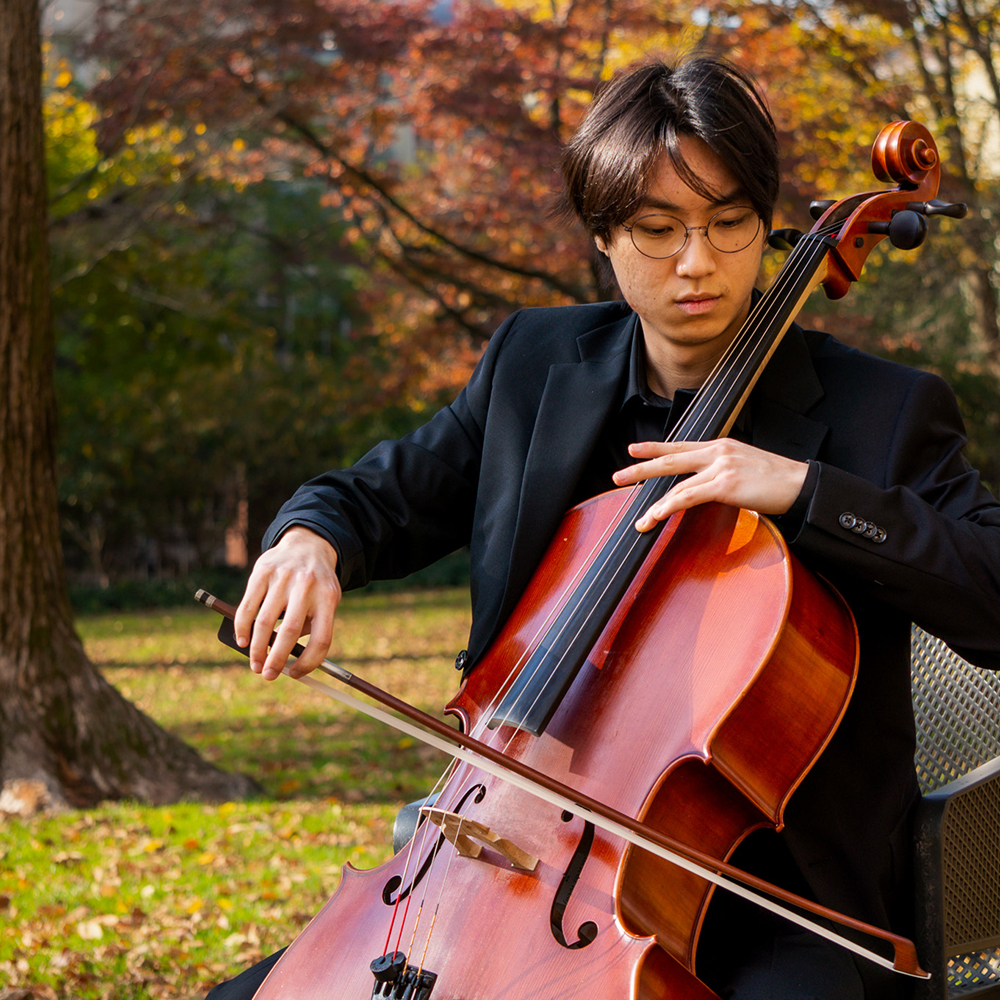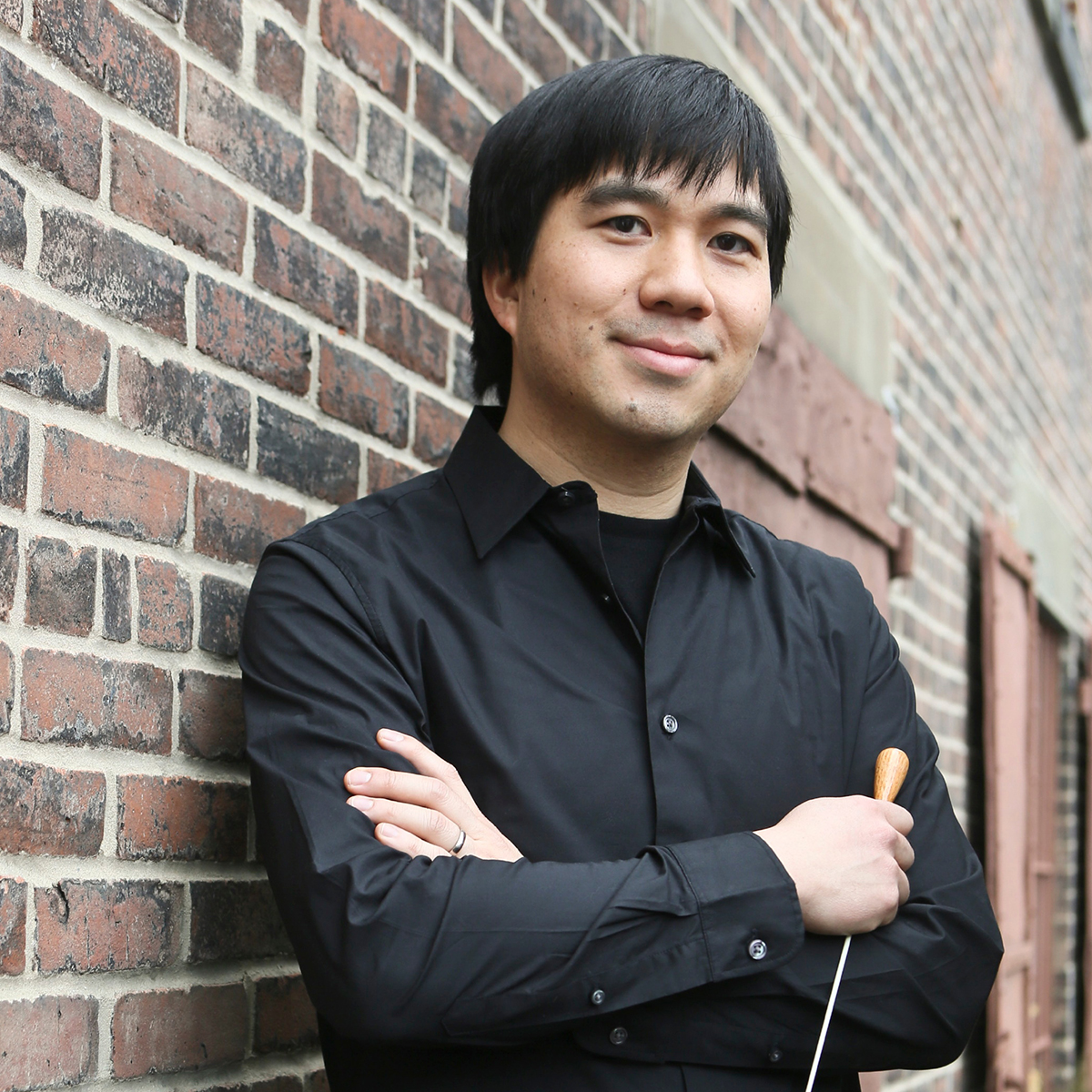Notes by Mark Seto
On a cold morning in January 1905, thousands of peaceful, unarmed protesters gathered outside the Winter Palace in St. Petersburg. The crowd intended to petition Nicholas II to address their poverty and brutal working conditions, but the Czar had fled the city in advance of the demonstration. In his absence, the people grew restless. Troops opened fire, and hundreds died. One of the survivors was Dmitri Shostakovich’s father, and the composer was born the following year. The Bloody Sunday massacre, as it came to be known, was a frequent topic of conversation in the Shostakovich home. The 1905 Revolution marked the beginning of a period of political transformation in Russia, culminating in the February and October Revolutions in 1917 and the establishment of the Soviet Union.
In 1955, Shostakovich announced that he was writing a symphony to commemorate the 50th anniversary of Bloody Sunday. However, work on the project stalled, and he completed the Eleventh Symphony in 1957. The premiere was timed to commemorate the 40th anniversary of the October Revolution that fall.
The symphony, which lasts about one hour, unfolds in four continuous movements. To convey the program, Shostakovich makes extensive use of revolutionary songs that would have been immediately recognized by contemporary Soviet listeners. The Palace Square establishes a mood of icy, uneasy stillness. Shostakovich quotes two songs popular among political prisoners: “Listen!”, played by a flute duet, and “The Arrested Man,” which portrays a dialogue between a prisoner and a sympathetic guard. The Ninth of January begins with quiet rumblings in the low strings and builds to a searing climax. After a moment of repose, the sudden crack of drum shots and ensuing chaos signal the start of the massacre.
The third and fourth movements capture contrasting responses to the atrocity. Eternal Memory begins with the violas playing the mournful tune “You Fell as Victims,” written to commemorate the Bloody Sunday dead. The orchestra snaps to attention with a sharp brass fanfare at the beginning of The Tocsin (The Alarm Bell), which heralds the coming storm through quotations from several revolutionary songs. “Rage, Tyrants” originated in Ukraine and was popularized in the 1905 Revolution. (During the Soviet era, Ukrainians who opposed the Soviet government also sang the song, interpreting the “tyrants” as Russian communists.) “Whirlwinds of Danger,” another well-known tune, was originally written and sung by Poles who resisted Russian annexation in the nineteenth century.
Officially, Shostakovich claimed that the Eleventh Symphony was about the events of 1905, and about the events of 1905 only. But the parallels to contemporaneous events are hard to miss. The year before Shostakovich completed the piece, Soviet troops had killed thousands of protesters during the Hungarian Uprising. The lyrics from the songs Shostakovich quotes in the finale speak to the timeless desire to resist oppression, whether in 1905, 1956, or 2023:
Rage, you tyrants, and mock at us
Threaten us with prison and with chains
We are stronger than you in spirit, though you trampled on our bodies
Shame! Shame! Shame on you, you tyrants!
Malevolent whirlwinds blow around us
Dark forces press down on us with hate
We have engaged in the fateful struggle with our enemies
The fate that awaits us is still unknown
But with pride and courage we will raise
The battle standard of the workers’ cause
The standard of the great struggle of all peoples
For a better world, for holy freedom!
 Since the age of five, Sedong Hwang’s dedication to perfecting his cello performance has led him to earn a series of impressive accolades. These include being the winner of ASTA Los Angeles finals, SYMF young cellist, VOCE competition, JCM concerto competition, PSYO concerto competition, Brown University concerto competition, and silver medalist in the PCM Nationals and Enkor International Competition.
Since the age of five, Sedong Hwang’s dedication to perfecting his cello performance has led him to earn a series of impressive accolades. These include being the winner of ASTA Los Angeles finals, SYMF young cellist, VOCE competition, JCM concerto competition, PSYO concerto competition, Brown University concerto competition, and silver medalist in the PCM Nationals and Enkor International Competition.  Mark Seto leads a wide-ranging musical life as a conductor, scholar, teacher, and violinist. He is Director of the Brown University Orchestra and Senior Lecturer and Director of Undergraduate Studies in Music at Brown University, where he teaches courses in music history, theory, and conducting. He is also Artistic Director and Conductor of The Chelsea Symphony in New York City.
Mark Seto leads a wide-ranging musical life as a conductor, scholar, teacher, and violinist. He is Director of the Brown University Orchestra and Senior Lecturer and Director of Undergraduate Studies in Music at Brown University, where he teaches courses in music history, theory, and conducting. He is also Artistic Director and Conductor of The Chelsea Symphony in New York City.